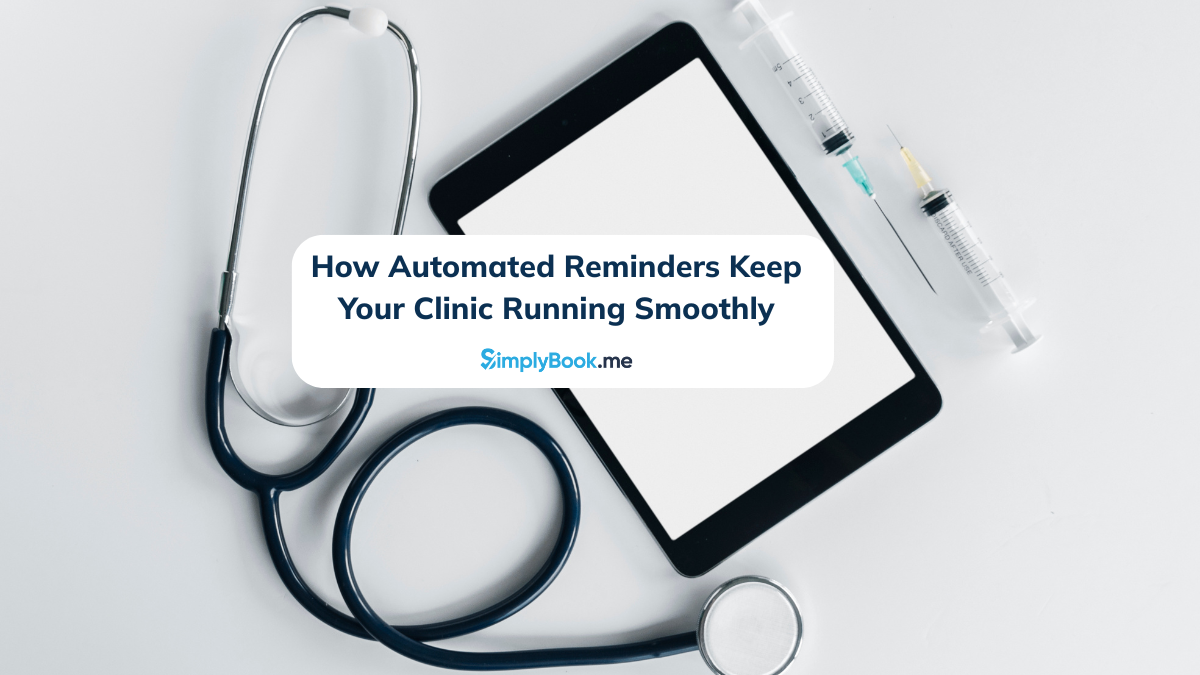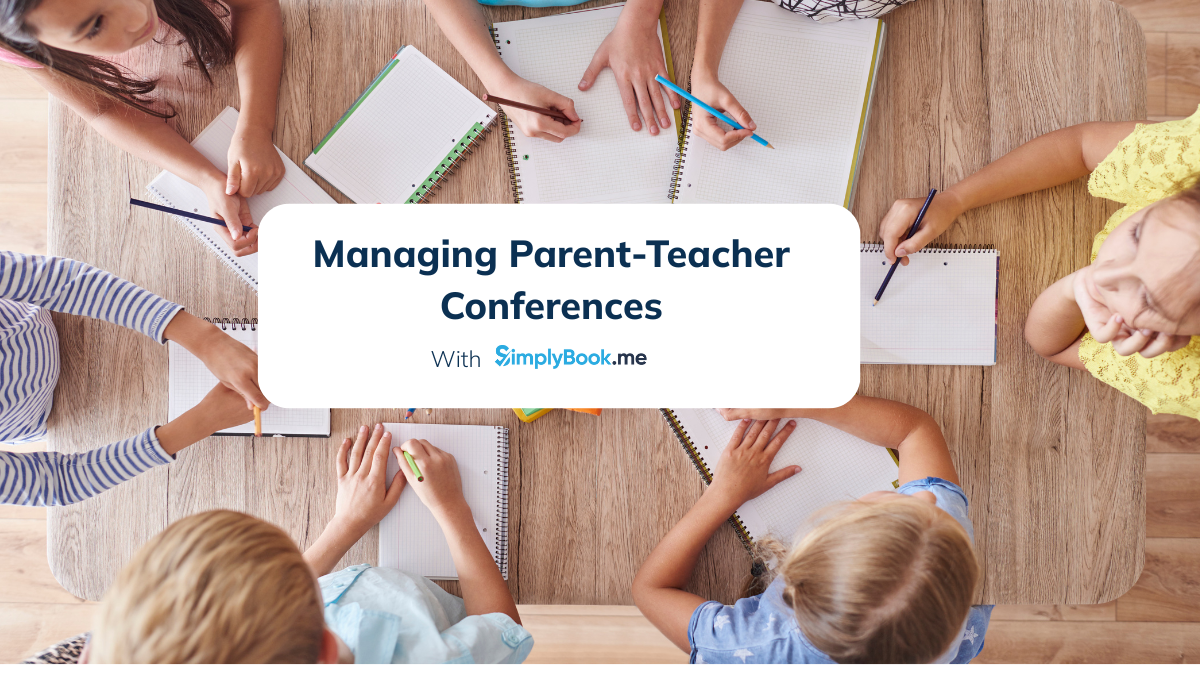How to Schedule Retail Experiences

This post is also available in:
![]()
![]()
![]()
In our last article, I talked about the reasons for scheduling retail services, both from a customer experience perspective and a customer safety one – you can’t ignore the circumstances of 2020. Today, and with the help of our video creator, I’m going to talk about how you can implement the system quickly, and with the best options for your retail business. From the hypermarket to the boutique shoe store, there is an ideal method for how to schedule your retail experiences and support services.
Why Do You Need Retail Scheduling?
This is a critical point in determining how you set up your booking system for your retail premises. Why you implement a booking system will specify the way you schedule your customers, how you allow them access to your store, and how long your “appointments” are. It will also determine which features are useful to you, which ones you need, and how you enforce access entry to your premises.
Schedule Retail for capacity control
If you want to implement retail scheduling purely for capacity, you might consider using the class system. Depending on whether your business is a hypermarket, department store or even a mall, you can specify full capacity numbers. You can also use customer flow dynamics to determine how long it would usually take customers to complete their shopping – with limited numbers, it’s probably a little shorter. That information will help you to set your “class” sizes and intervals.
Using a scheduling system helps you to almost eliminate the queues that are inconvenient for you and your customers. In recent months, think about how many times people have seen a queue outside a store and decided to find somewhere else to do their shopping. You don’t want to lose long term customers because you can’t control your capacity at busy times.
Useful Features:
- Class Timetable Display
- Tickets Feature
- Remaining Spaces
Retail shopping for Customer Safety
In some retail environments, you might find you have a “high-touch” environment. A high-touch store is where customers either prefer or need to touch and try on the products you sell. Clothing, shoes, appliances and furnishings have a high incidence of contact with your customers. Whether it’s trying on clothes and shoes, looking inside cupboards and dishwashers, your customers touch things. You can have hand sanitiser everywhere, but you can’t pounce on a customer every time they forget. It would help if you had time to ensure your surfaces, clothing and everything else, can be frequently cleaned and sanitised.
Useful Features:
- Buffer (sanitation) time
- Separate appointment types and lengths
- Intake forms – appointment specific
Schedule Retail Clients for Customer Experience & Service
There is a bigger picture, beyond the conditions that have affected retail business throughout 2020, that utilises retail scheduling. A few intrepid explorers in the retail industry had already started implementing in-store services; attempting to call online purchasers back to brick and mortar shopping. Since online shopping has become far more popular over the past six months, in-store retail NEEDS to step up its service provision to get back in the game.
The personalised and targeted in-store experience you provide will depend entirely on what you sell. Clothing stores might offer seasonal wardrobe refreshers or outfit for a special event. A footwear retailer could provide fitting sessions and foot health advice services. Alternatively, furniture stores might run room building “workshops”, and personalised mattress selections or kitchen/bathroom design. There are so many stores that could schedule retail for enhanced customer experience.
Useful Features:
- Buffer (cleaning) time –
- Separate appointment types
- Intake forms – appointment specific
- Client fields – Customer centred
Combining Safety, Enhanced Experience, and Compliance
Whatever your reasons for using a scheduling element in your retail business, it’s important to understand that you don’t have to have an “either/or” mindset. The current conditions might demand that you restrict customer numbers in-store. However, you could discover that the improved support and service that your customers receive is worth continuing.
Not long ago, before the internet and globalisation, many people went to particular retailers because of the personalised and targeted service they received. They had a favourite clothes store because they had a knowledgable person assisting them with their choices.
In the fight to get customers back to the high street, a certain amount of regression might be necessary. Moreover, by combining digital access to your customers, through online scheduling and in-store purchase histories, you gather valuable and targeted data.
Taking it Further…
There are more ways you could schedule retail clientele. Some customers might like the immediacy of in-store shopping but need the convenience of shopping online. For these people, you could use the scheduling system to arrange non-contact pick-up times or even deliveries. This is an ideal system for groceries and consumable items that can run out at short notice.
Alternatively, a clothing store could do an online pick for items on a list and the client can make an appointment to try on and pay if they don’t have time to look through the store. Or maybe they’re buying gifts last minute.
Another option for using bookable appointments is retail banking. Rather than having a queue outside your doors, for all those trying to do the banking they can’t do online, let people book their appointment.



Comments
0 commentsNo comments yet